#french pioneer
Text

❤️❤️❤️❤️❤️
Coccinelle, the famous cabaret artist of the Carrousel de Paris on the arm of singer Juliette Gréco.
Coccinelle, la célèbre artiste de cabaret du Carrousel de Paris au bras de la chanteuse Juliette Gréco.
#coccinelle#female impersonator#cabaret artist#carrousel#carrousel de paris#juliette gréco#french singer#french artist#french pioneer#style 50s#style 60s#french icon
20 notes
·
View notes
Text
what's france's furry heritage. i gotta look into that
#i dont mean like french furry artists i mean like#the equivalent to disney's robin hood or osamu tezuka anthros#do we have a source material that historically inspired french furry pioneers .#i cant think of any like that but im probably missing some obvious ones#no the orangina ads do not count
41 notes
·
View notes
Text
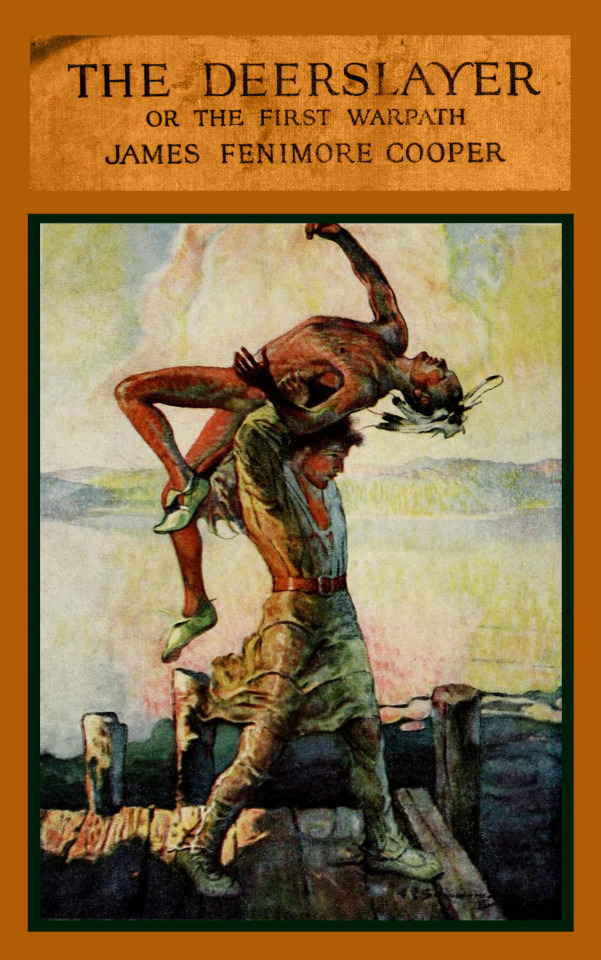
THE DEERSLAYER; OR, THE FIRST WARPATH by James Fenimore Cooper (1789-1851) (New York/London: Harper, 1926) Illustrated by Louis Rhead.
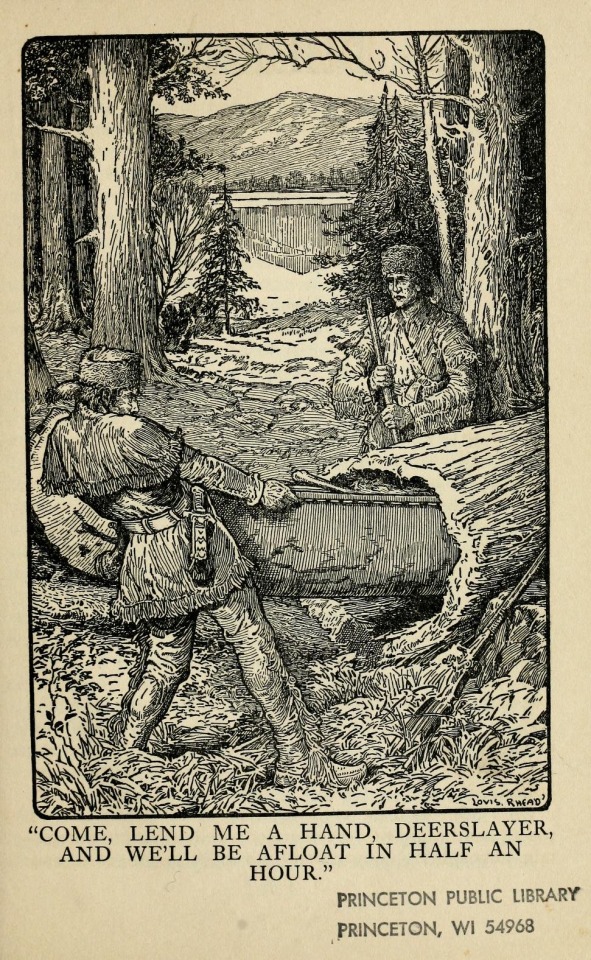
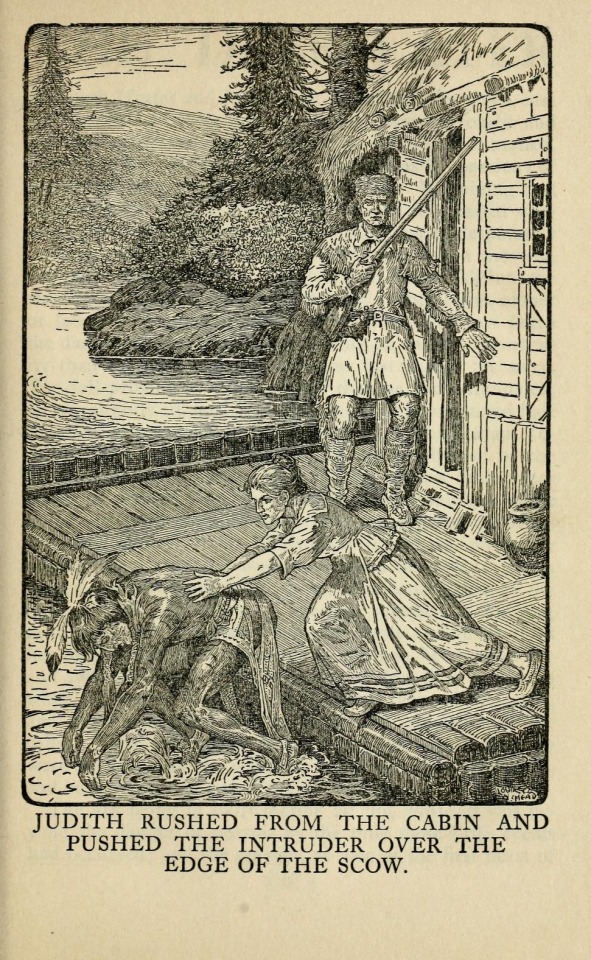
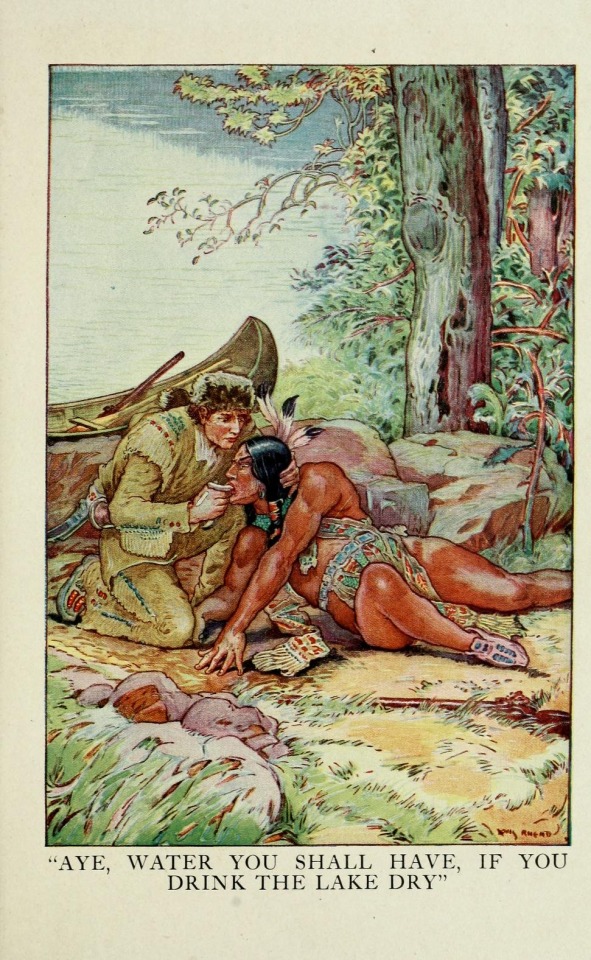
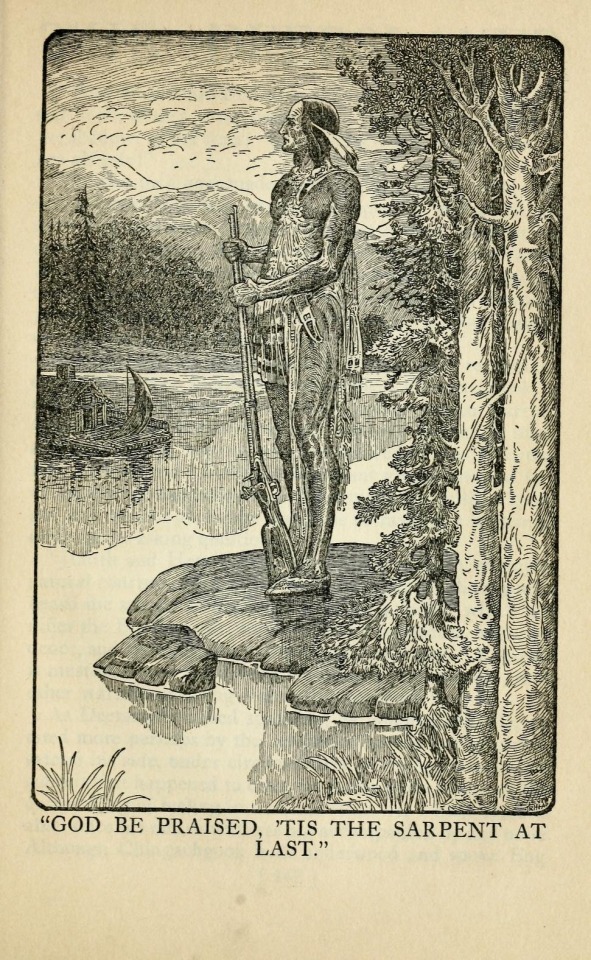
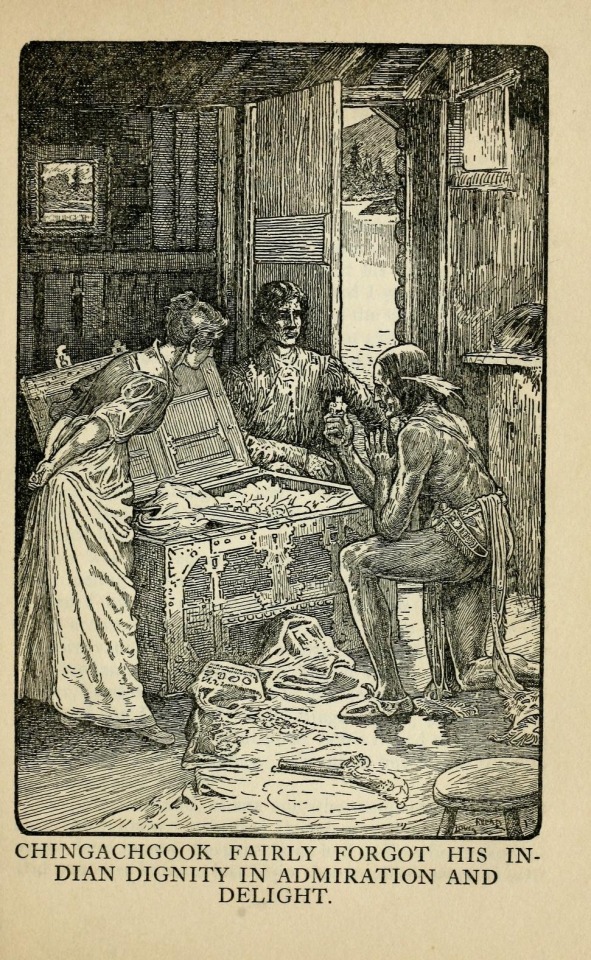
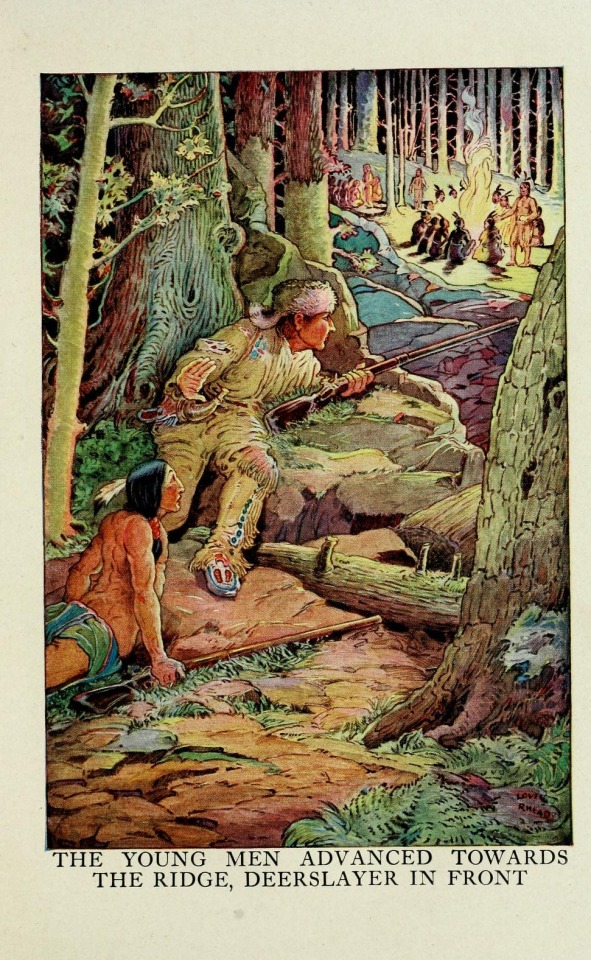
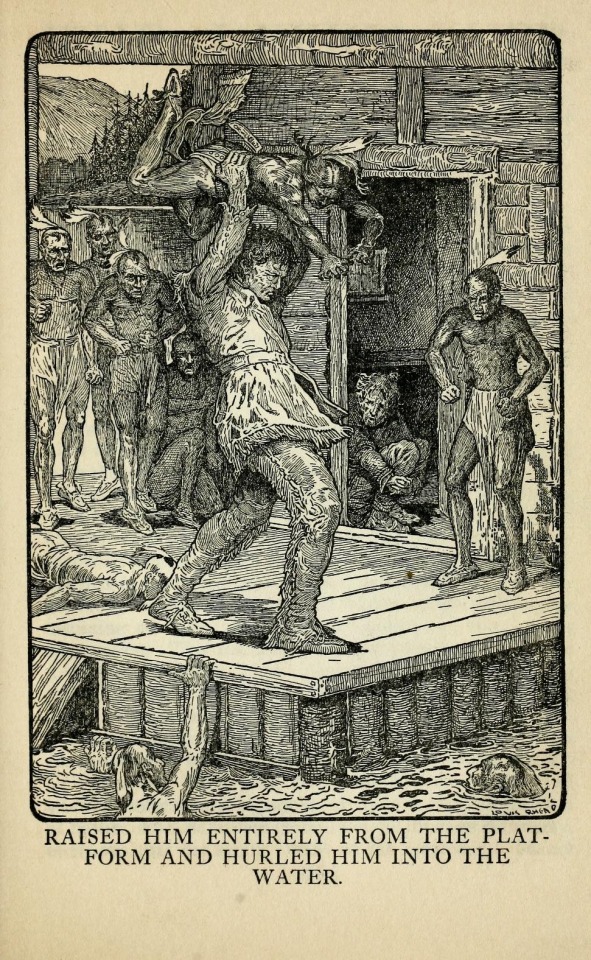


source
#beautiful books#book blog#books books books#book cover#books#vintage books#illustrated book#book design#james fenimore cooper#deerslayer#natty bumpo#pioneer life#french and indian war#louis rhead
10 notes
·
View notes
Text

Aviator pioneer and inventor Train on his monoplane
French vintage postcard
#aviator#historic#photo#briefkaart#vintage#train#sepia#pioneer#inventor#photography#monoplane#carte postale#postcard#postkarte#postal#tarjeta#ansichtskarte#french#old#ephemera#postkaart
9 notes
·
View notes
Text

2 notes
·
View notes
Text

The 18th Century was a major time for advances in dentistry. It is believed that the French physician Pierre Fauchard started dentistry science as we know it today. In 1723, Fauchard published “The Surgeon Dentist, a Treatise on Teeth.” His book was the first to describe a comprehensive system for caring and treating the teeth. Thus, he is considered the father of modern dentistry. Fauchard was responsible for many developments, including the introduction of dental fillings and the use of dental prosthesis.
#dentistry#Pierre Fauchard#French#physician#18th century#“The Surgeon Dentist a Treatise on teeth#dental fillings#dental prosthesis#pioneer#history#portrait
2 notes
·
View notes
Note
7; A medium of art you don't work in but appreciate. 19; Favorite inanimate objects to draw (food, nature, etc.). 28; Any art events you have participated in the past (like zines)!
hiiii plaid 💕
ask game here
7. A medium of art you don't work in but appreciate
puppetry! and puppet-making, for that matter. miniature and diorama making as well. both requires delicate hands and patience I don't possess, but both are so magical to me that I really wanna try my hand at them anyway... I love illusions maintained with artistry and layers upon layers of mechanisms! I love artifice! show me fake things! it's so sexy when art commits to its bit!
feels like it goes without saying but I also immensely appreciate animation, of course. as a comic artist the process of animation makes me shudder, but also genuinely so many character designs would be nothing without the motions assigned to them in animation, doubly so with monsters.
19. Favorite inanimate objects to draw (food, nature, etc.)
shoes and glasses. glasses I can draw pretty much from memory in one go because I've had a pair sitting on my nose for almost two decades now, shoes treat me much more mercurially but they're always such a fun thing to coordinate in a character design that I brute force my way through drawing them anyway lol. books are another thing I love drawing, making up cover designs and putting jokes in the text/illustrations are my favourite thing in a piece whenever I get to do it :]
28. Any art events you have participated in the past (like zines)
I'm turns out not a huge event person haha, the more I do stuff nowadays the more I don't keep up with any of that anymore... I had two pieces in the Salt&Pepper TeruMob zine back in the days, I did a comic for the Wear the Mask ITSV zine, I completed witchsona week in... 2018? and the paint witch has been my little pocket rascal ever since... oh yeah! I did an all-comic JosuYasu week in 2017 I think, it's still my hardest play and biggest accomplishment commitment-wise. putting down the most colloquial of sketches for all the comics beforehand, inking and lettering every comic from 8PM to around 6-7AM next day, go to sleep, wake up at like 4PM to make dinner, rinse and repeat for a week except for day 5 I think where I had to re-sketch the whole thing. those comics are all under five pages and I basically cut out the second detail sketching step to ink right on top of the preliminary sketch, but it was still a huge sprint that I'm still pretty proud of. and will never, ever do again. it was not good for me. I do think it was kind of awesome that I managed that! but never again in my goddamn life
(more recently I put in a piece for a local ace community's contest and got a nifty price. it was fun! but that piece's not for this sphere I feel like. it was the first time I saw something I drew in a gallery tho, that was really nice)
#ask#plaidyart#bakuspeech#artist ask#just realized I didn't mention any art medium that directly has to do with music lol. I am so inept at wording music stuff#but I appreciate the lady who pioneers modern theremin playing! and also the lady who uses pedals on harp#emily hopkin's her name I think. I don't understand a thing abt music but her work slaps#and of course I appreciate a good prose when it's good. not to be 14yo in lit class abt it but read some ray bradbury recently#and like I'm better at gauging writing quality. so to say. in english than in french. I can tell when a text reads weird#or when it's uncared for. but I actually don't read extensively in english (yet)#when I read I Sing The Body Electric I had a moment like. hey this is Good writing#skjdhsjk I'm just gonna sit here in the tag namedropping artists I've looked at recently I guess#on the note of event I really wanna do artfight at least once in my life! I need to gather up my children for war next year#hopefully I get the chance! and that's it#thank u for the ask plaid!! hope ur having a good day!!
11 notes
·
View notes
Link
French Jesuit missionaries planted apple seeds in the Michigan wilderness more than a century before the travels of Johnny Appleseed. Seedlings grew into giant fruit-bearing trees that provided tangy apples to pioneers who followed. As the Detroit settlement grew, grafted apple trees were planted. By the late 1700s, orchards that bloomed with Fameuse, Calville Blanc d'Hiver, Pomme Gris and Detroit Red rivaled those of New England.
2 notes
·
View notes
Text
vimeo
Agnès Varda: In Conversation with Hans Ulrich Obrist
Agnès Varda is one of the pioneers of French New Wave Cinema. With a career spanning photography, cinema and visual art, Varda’s works are characterised by a playful yet radical approach to image-making, and the filmmaker’s keen attention to - and appreciation of - the world around her.
#Agnès Varda#Agnès Varda is one of the pioneers of French New Wave Cinema#Agnès Varda: In Conversation with Hans Ulrich Obrist#FACT Liverpool#Vimeo
1 note
·
View note
Text
was thinking about this

To be in "public", you must be a consumer. Or a laborer.
About control of peoples' movement in space/place. Since the beginning.
"Vagrancy" of 1830s-onward Britain, people criminalized for being outside without being a laborer.
Breaking laws resulted in being sentenced to coerced debtor/convict labor. Coinciding with the 1830-ish climax of the Industrial Revolution and the land enclosure acts, the "Workhouse Act" aka "Poor Law Amendment Act of 1834" forced poor people to work for a minimum number of hours every day. The major expansion of the "Vagrancy Act" of 1838 made "joblessness" a crime and enhanced its punishment. (Coincidentally, the law's date of royal assent was 27 July 1838, just 5 days before the British government was scheduled to allow fuller emancipation of its technical legal abolition of slavery in the British Caribbean on 1 August 1838.)
---
"Vagrancy" of 1860s-onward United States, people criminalized for being outside while Black.
Widespread emancipation after slavery abolition in 1865 rapidly followed by the outlawing of loitering which de facto outlawed existing as Black in public. Inability to afford fines results in being sentenced to forced labor by working on chain gangs or prisons farms, some built atop plantations.
---
"Vagrancy" of 1870s-onward across empires, people criminalized for being outside while being "foreign" and also being poor generally.
Especially from 1880-ish to 1918-ish, this was an age of widespread mass movement of peoples due to mass poverty and famine induced by global colonial extraction and "market expansion", as agricultural "revolutions" of monoculture/cash crop extraction resulted in ecological degradation. This coincides with and is facilitated by new railroads and telegraphs, leading to imperial implementation or expansion of identity documents, strict work contracts, passports, immigration surveillance, and border checkpoints.
All of this in just a few short years: In 1877, British administrators in India develop what would become the Henry Classification System of taking and keeping fingerprints for use in binding colonial Indians to legal contracts. That same year during the 1877 Great Railroad Strike, and in response to white anxiety about Black residents coming to the city during Great Migration, Chicago's policing institutions exponentially expand surveillance and pioneer "intelligence card" registers for tracking labor union organizing and Black movement, as Chicago's experiments become adopted by US military and expanded nationwide, later used by US forces monitoring dissent in colonial Philippines and Cuba. Japan based its 1880 Penal Code anti-vagrancy statutes on French models, and introduced "koseki" register to track poor/vagrant domestic citizens as Tokyo's Governor Matsuda segregates classes, and the nation introduces "modern police forces". In 1882, the United States passes the Chinese Exclusion Act. In 1884, the Ottoman government enacts major "Passport Nizamnamesi" legislation requiring passports. In 1885, during the "Tacoma riot" or "expulsion", a mob of hundreds of white residents rounded up all of the city's Chinese residents, marched them to the train station, kicked them out of the city, and burned down the Chinese neighborhood, introducing what is called "the Tacoma method".
Punished for being Chinese in San Francisco. Punished for being Korean in Japan. Punished for crossing Ottoman borders without correct paperwork. Arrested for whatever, then sent to do convict labor. A poor person in the Punjab, starving during a catastrophic famine, might be coerced into a work contract by British authorities. They will have to travel, shipped off to build a railroad in British Kenya. But now they have to work. Now they are bound. They will be punished for being Punjabi and trying to walk away from Britain's tea plantations in Assam or Britain's rubber plantations in Malaya.
---
"Vagrancy" amidst all of this, people also criminalized for being outside while "unsightly" and merely even superficially appearing to be poor. San Francisco introduced the notorious "ugly law" in 1867, making it illegal for "any person, who is diseased, maimed, mutilated or deformed in any way, so as to be an unsightly or disgusting object, to expose himself or herself to public view". Today, if you walk into a building looking a little "weird" (poor, Black, ill, disabled, etc.) or carrying a small backpack, you are given seething spiteful glares and asked to leave.
"Vagrancy" everywhere in the United States, a combination of all of the above. De facto criminalized for simply going for a stroll without downloading the coffee shop's exclusive menu app. "Vagrancy", since at least early nineteenth century Europe. About the control of movement through and access to space/place. Concretizing and weaponizing caste, corralling people, anchoring them in place (de facto confinement), extracting their wealth/labor.
You are permitted to exist only as a paying customer or an employee.
#get to work or else you will be put to work#sorry#intimacies of four continents#tidalectics#abolition
2K notes
·
View notes
Text
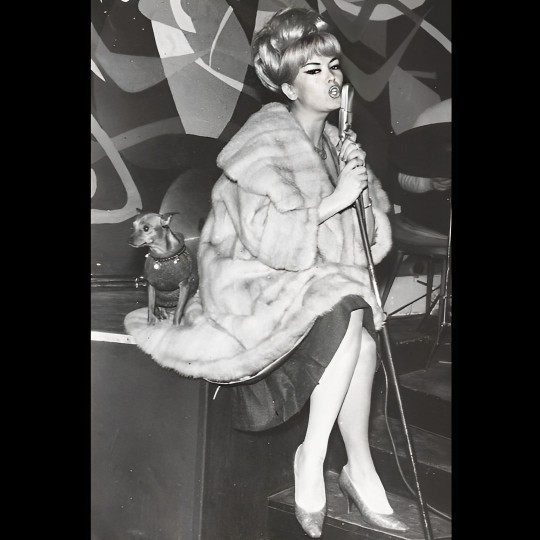

Coccinelle, the famous cabaret artist of the 50s and 60s.
Coccinelle, la fameuse artiste de cabaret des années 50s et 60s.
#coccinelle#french artist#cabaret artist#female impersonator#transwoman#50s#fashion 60s#manteau de vison#mink coat#carrousel de paris#french pioneer#jacqueline charlotte dufresnoy#palette.fm
18 notes
·
View notes
Note
Joy I have to ask - what temperature do you think it is inside Wayne Manor?
Is it essentially outside temperature except where the fireplaces are? Does Alfred have a one man war against climate change? Is that why Bruce spends so much time in the basement?
Depending on which timeline you follow, Wayne Manor was built in the late 1800s. Having worked in giant historical homes, I'm telling you now it's a fucking pain in the ass to update the heating systems in those buildings. I know we've got comic book logic to contend with, and they've got massive generators in the basement to keep the cave running (sometimes it's turbines powered by the water flowing through the caves), but I also think it's plausible that to avoid damaging the historical facade of the building, you might walk around the house and see box fans shoved into the window frames during the summer because fuuuuck trying to install modern AC through 18th-century brickwork.
As for heat, well, for a frame of reference, the James J Hill house up here in MN—built roughly around the same time during the Gilded Age when the Waynes were pioneering industry in Gotham—was forced to rely on a boiler roughly the size of a steam engine to heat the house and used 250 tons of coal each year to keep it warm. That boiler provided hot water and ambient heat through steam radiators, but they also still had fireplaces in almost every room to try and compensate for the winter. The house was updated for modern heating and air conditioning within the last 40 years, but with a house that size and ceilings so tall, it's not particularly efficient. They still rely on box fans and space heaters to keep the space habitable during summer and winter.
New Jersey is not as far north as Minnesota, but the temperatures can still drop comparably low, especially when you factor in the seafront Gotham is on. So, while I do think they likely upgraded the heating systems at some point (they can't keep guzzling through coal like that), I also can't help but feel it's got to be cold as hell in that house unless they're being meticulous about lighting fires and airing every room out to prevent damp.
Because that's another thing. If you're not keeping your stone house warm, you risk damp and water damage, and I feel like Alfred would rather gnaw off his own arm than let Wayne Manor crumble to dust with black mold festering in the original French plaster.
So he's not so much fighting a one-man war against climate change as he's fighting a one-man war to keep the house dry. He's walking through rooms no one even uses, making sure the steam radiators are working and opening the windows a crack to let the condensation out.
Is he also turning off all the light switches as he goes? Yes. Is he always yelling, "Why is every screen in this house turned on if no one is using them?" also, yes.
Is Bruce also down in the cave huddled under an extra cape, overclocking the batcomputer to stay warm? Also a distinct possibility.
859 notes
·
View notes
Text
The Best News of Last Week
1. A branch of the flu family tree has died and won't be included in future US vaccines
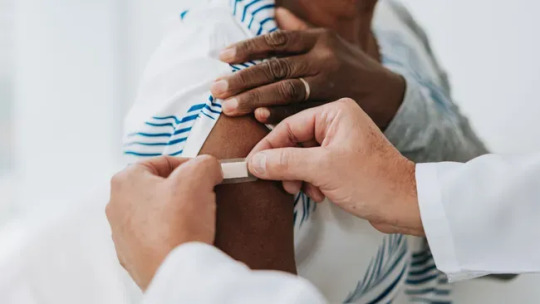
A type of flu virus that used to sicken people every year hasn't been spotted anywhere on Earth since March 2020. As such, experts have advised that the apparently extinct viruses be removed from next year's flu vaccines.
The now-extinct viruses were a branch of the influenza B family tree known as the Yamagata lineage. Scientists first reported the apparent disappearance of Yamagata viruses in 2021.
2. Hospitals must obtain written consent for pelvic and similar exams, the federal government says

Hospitals must obtain written informed consent from patients before subjecting them to pelvic exams and exams of other sensitive areas — especially if an exam will be done while the patient is unconscious, the federal government said Monday.
New guidance from the U.S. Department of Health and Human Services now requires consent for breast, pelvic, prostate and rectal exams for “educational and training purposes” performed by medical students, nurse practitioners or physician assistants.
3. Germany approves new law that will allow adults to carry up to 25 grams of cannabis for their own consumption and store up to 50 grams at home.

Germany's upper house, the Bundesrat, cleared the way to partially legalize cannabis on Friday. Adults aged 18 and over will be allowed to carry up to 25 grams of cannabis for their own consumption.
4. Tick-killing pill shows promising results in human trial | Should it pan out, the pill would be a new weapon against Lyme disease.

Tarsus Pharmaceuticals is developing a pill for humans that could provide protection against the tick-borne disease for several weeks at a time. In February, the Irvine, California–based biotech company announced results from a small, early-stage trial showing that 24 hours after taking the drug, it can kill ticks on people, with the effects lasting for up to 30 days.
5. Thailand moves to legalise same-sex marriage

Thailand has taken a historic step closer to marriage equality after the lower house passed a bill giving legal recognition to same-sex marriage.
It still needs approval from the Senate and royal endorsement to become law but it is widely expected to happen by the end of 2024, making Thailand the only South East Asian country to recognise same-sex unions.
6. French Revolution: Cyclists Now Outnumber Motorists In Paris

Official measurements have found that Paris is rapidly becoming a city of transportation cyclists. In the suburbs, where public transit is less dense, transport by car was found to be the main form of mobility. But for journeys from the outskirts of Paris to the center, the number of cyclists now far exceeds the number of motorists, a huge change from just five years ago.
7. 'Miracle' operation reverses blindness in three-year-old girl giving her 'promising' future

A three year old with a genetic condition that causes blindness is doing incredibly well after unique pioneering operation to restore her sight.
The UK is the only country performing keyhole eye surgery to inject healthy copies of a gene into sufferers’ eyes. It is being used to reverse blindness in children born with a rare condition which means they can only distinguish between light and dark. And it has given little Khadijah Chaudhry, born with Leber congenital amaurosis-4, a chance at seeing properly again.
---
That's it for this week :)
This newsletter will always be free. If you liked this post you can support me with a small kofi donation here:
Buy me a coffee ❤️
Also don’t forget to reblog this post with your friends.
846 notes
·
View notes
Text
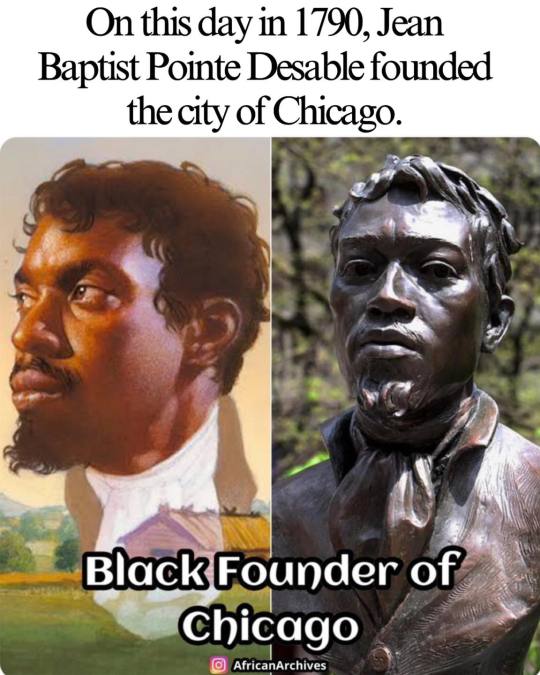
Jean-Baptiste Pointe DuSable was born in Saint-Domingue, Haiti (French colony) during the Haitian Revolution. At some point he settled in the part of North America that is now known as the city of Chicago and was described in historical documents as "a handsome negro"
He married a Native American woman, Kitiwaha, and they had two children. In 1779, during the American Revolutionary War, he was arrested by the British on suspicion of being an American Patriot sympathizer.
In the early 1780s he worked for the British lieutenant-governor of Michilimackinac on an estate at what is now the city of St. Clair, Michigan north of Detroit.
In the late 1700's, Jean-Baptiste was the first person to establish an extensive and prosperous trading settlement in what would become the city of Chicago. Historic documents confirm that his property was right at the mouth of the Chicago River.
Many people, however, believe that John Kinzie (a white trader) and his family were the first to settle in the area that is now known as Chicago, and it is true that the Kinzie family were Chicago's first "permanent" European settlers.
But the truth is that the Kinzie family purchased their property from a French trader who had purchased it from Jean-Baptiste.
He died in August 1818, and because he was a Black man, many people tried to white wash the story of Chicago's founding. But in 1912, after the Great Migration, a plaque commemorating Jean-Baptiste appeared in downtown Chicago on the site of his former home.
Later in 1913, a white historian named Dr. Milo Milton Quaife also recognized Jean-Baptiste as the founder of Chicago.
And as the years went by, more and more Black notables such as Carter G. Woodson and Langston Hughes began to include Jean-Baptiste in their writings as "the brownskin pioneer who founded the Windy City."
In 2009, a bronze bust of Jean-Baptiste was designed and placed in Pioneer Square in Chicago along the Magnificent Mile.
There is also a popular museum in Chicago named after him called the DuSable Museum of African American History.
x
#Jean-Baptiste Pointe DuSable#Haitian Revolution#Chicago history#founder of Chicago#black history#Native American wife#Kitiwaha#American Revolutionary War#British arrest#Michilimackinac#St. Clair Michigan#trading settlement#Chicago River#John Kinzie#European settlers#Great Migration#Carter G. Woodson#Langston Hughes#Windy City#bronze bust#Pioneer Square#Magnificent Mile#DuSable Museum#African American history
557 notes
·
View notes
Note
I’m always wondering if it was better or worse for BBT and Young Sheldon creators to say that Sheldon is NOT on the spectrum. But then I see how they treat neurodivergence on shows like Miraculous, and go probably better they keep away from stuff they don’t understand.
I suspect what happened with Sheldon’s character is that they probably modeled him after people they either didn’t know or didn’t care were on the spectrum and by the time everyone was like “hey this guy is obviously autistic” they’d made fun of him too many times to suddenly claim being pioneers of sitcom neurodivergent representation without also having to accept responsibility for their past attitudes towards him
I do, however, think the red itchy sweater episode was fantastic in delivering a message regarding some forms of neurosis
As for ML, it is, at its core, a tell don’t show series. These characters are in love, are close friends, are good at X and Y, are passionate about this and that, hate Z, so on and so forth. We rarely learn about characters and happenstances through actions, to the point where very clear irrefutable events are verbally retconned by random characters and we’re supposed to accept what they say as canon over what we saw. It doesn’t matter if characters are noticeably queer, neurodivergent, good/bad at something, biased about certain people/subjects, struggling with XYZ, etc. If someone doesn’t outright state it, it isn’t canon. This is where the crew loves to claim brownie points for representation but doesn’t actually do anything that might upset the Suits and their bigotry. They have an ethnically diverse character lineup but they’re all perfectly assimilated to white french culture and rarely acknowledge their own supposed heritage. They criticize police abuse but have the victims apologize to their assailants. They have queer characters but their relationships are mostly implied off-screen so they have plausible deniability. They have kids whose parents are clearly mistreating them to the point of leaving lifelong scars and affecting their ability to become functional members of society but it’s obviously not abuse.
I swear there’s some kind of disconnect between the dialogue and the action lines on the script, like no one member of the crew knows what the other is doing and everything is just taped together at the end with no revisions
662 notes
·
View notes
Text



The Gardner-Serpollet Coupé-Limousine - 1905
The Gardner-Serpollet Coupé-Limousine by Kellner from 1905 is a remarkable example of early 20th-century automotive engineering. Designed by Léon Serpollet, a pioneer in steam engines, and manufactured by Gardner-Serpollet, this vehicle features an elegant body crafted by the French coachbuilder Kellner.
Equipped with a steam engine, the Gardner-Serpollet Coupé-Limousine offered a relatively quiet and smooth ride for its time. It was showcased at various automotive exhibitions, including the "110 years of the automobile at the Grand Palais" in Paris, highlighting its historical significance and refined design.
The car's bodywork by Kellner is notable for its elegance and attention to detail, reflecting the luxury and craftsmanship of the era. This model is often cited as a prime example of early 20th-century French automotive artistry.
458 notes
·
View notes